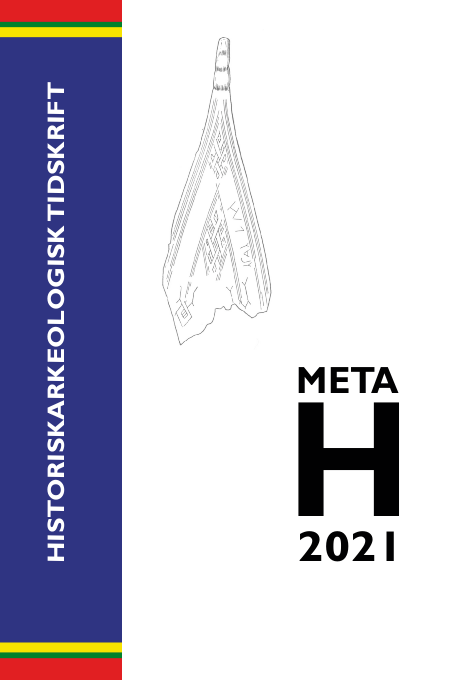East and West in Sápmi
– Borders and identities in Sámi historical archaeology
DOI:
https://doi.org/10.59008/meta.vi.10924Abstract
This paper discusses archaeology with and without borders in Sápmi, and the importance of the state borders in historical archaeology in Sápmi. How have the changing borders affected the field of archaeology and the understanding of the past in the Sámi areas? In the paper, I focus on the border between “East” and “West” in Sápmi, and discuss aspects of the interconnections of archaeology and politics in historical archaeology in Sápmi. There is a need to consider the historical and archaeological developments in the Russian part of Sápmi, which have often been neglected in Scandinavian historicalarchaeological discussions on Sámi history and heritage. There is also a need to promote more co-operation between archaeologists in the Nordic countries and Russia across the present-day state boundaries. The study of borders in Sápmi can contribute to a deeper understanding of historical processes as well as contemporary heritage processes in Sápmi. There is great potential in future cross-boundary archaeology in Sápmi, as well as in historical-archaeological explorations of colonial processes and border construction in the North.







